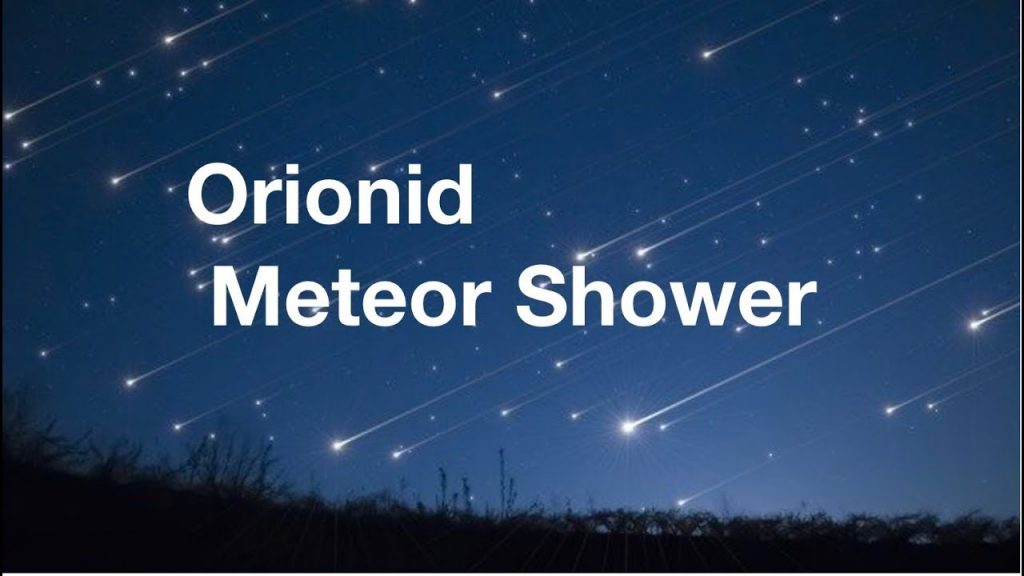Get ready to come with your sleep bags, blankets or lawn chairs!!
The Orionid meteor shower covers the large area of sky. The point through which they come from is known as radiant which is a part of the constellation.
According to space.com “The Orionid meteor shower peaks tonight into tomorrow morning (Oct. 20-21), and the moon will be dim enough that skygazers might be able to see one or several of these shooting stars.”
They are considered as the most beautiful showers of the year known for their speed and brightness.
According to NASA “Hemisphere or northeast if you are in the Southern Hemisphere, and look up, taking in as much of the sky as possible. In less than 30 minutes in the dark, your eyes will adapt and you will begin to see meteors.”
I know we all are excited for the view but keep in mind that you have to be patient to enjoy something and make it a long lasting memory.
The moon will be a waxing crescent during the shower’s peak, added by NASA, so the little moonlight coming off of that lunar silver won’t flood the sky during the meteor shower’s peak. This makes it easier for viewers to spot shooting stars. Spectators can expect to see about 10-20 meteors an hour, said Bill Cooke, the lead for NASA’s Meteoroid Environment Office.
How to view?
space.comadvises that “the best way to view meteors is to either find a place to lay down flat on the ground for at least an hour or to look towards the part of the sky that is slightly higher than the location of the constellation Orion.”
Also remember to go and first get a place that is light pollution free. You can use even apps which can help to locate constellation but keep yourself away from screen time during shower viewing. Human eye needs time to spot dimmer meteor so it will take time to adjust the night sky and bright light cloud. The maximum it will take is 30 minutes to have a clear view of shower.
